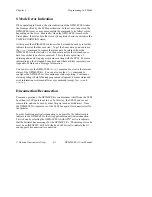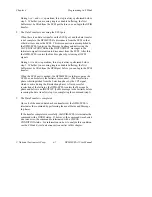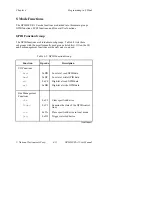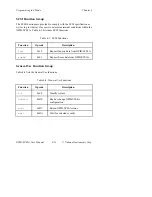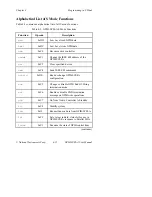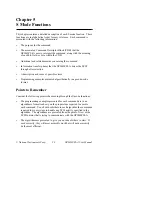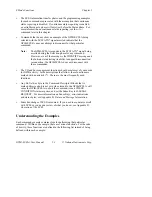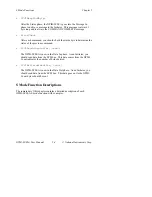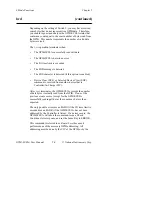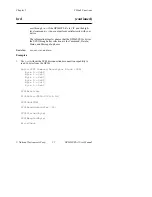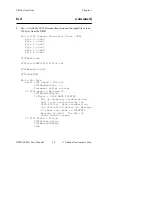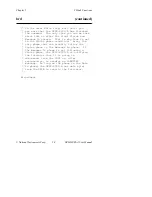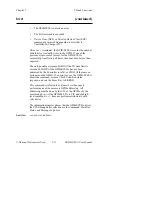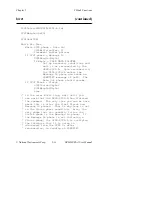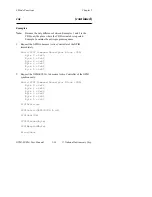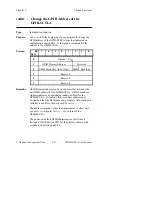
S Mode Functions
Chapter 5
GPIB-SCSI-A User Manual
5-2
© National Instruments Corp.
•
The SCSI information transfer phases and the programming examples
for each command are presented with the assumption that continuous
status reporting is disabled. If continuous status reporting is enabled,
an extra Message In phase will exist just before the Status phase. For
more information on continuous status reporting, see the
stat
command later in this chapter.
•
Commands that do not show an example of the GPIB-SCSI-A being
selected with the SCSI ATN* signal asserted indicate that the
GPIB-SCSI-A does not attempt to disconnect for that particular
command.
Note:
The GPIB-SCSI-A responds to the SCSI ATN* signal being
asserted during the Selection phase for any command.
However, even if the message is the IDENTIFY message and
the Initiator is indicating its ability to support disconnection/
reconnection, the GPIB-SCSI-A does not disconnect with
these commands.
•
The I/O and bus management functions should meet most of your needs
for GPIB activity. In the descriptions that follow, these functions are
marked with an asterisk (*). These are the most frequently used
functions.
•
Any bit, field, or byte in the Command Descriptor Blocks that is
marked Reserved and is not zero when issued to the GPIB-SCSI-A will
cause the GPIB-SCSI-A to abort the command, issue a CHECK
CONDITION status response, and set the Sense Key to ILLEGAL
REQUEST. For more information on Sense Keys, error indications,
and status bytes, see Appendix B, Status and Message Information.
•
Some knowledge of SCSI is assumed. If you need to acquaint yourself
with SCSI, or you need a review of what you know, see Appendix D,
Operation of the SCSI.
Understanding the Examples
Each command example contains steps for performing that particular
command. Within each example, there are various functions. For the sake
of brevity, these functions are defined in the following list instead of being
defined within each example:


